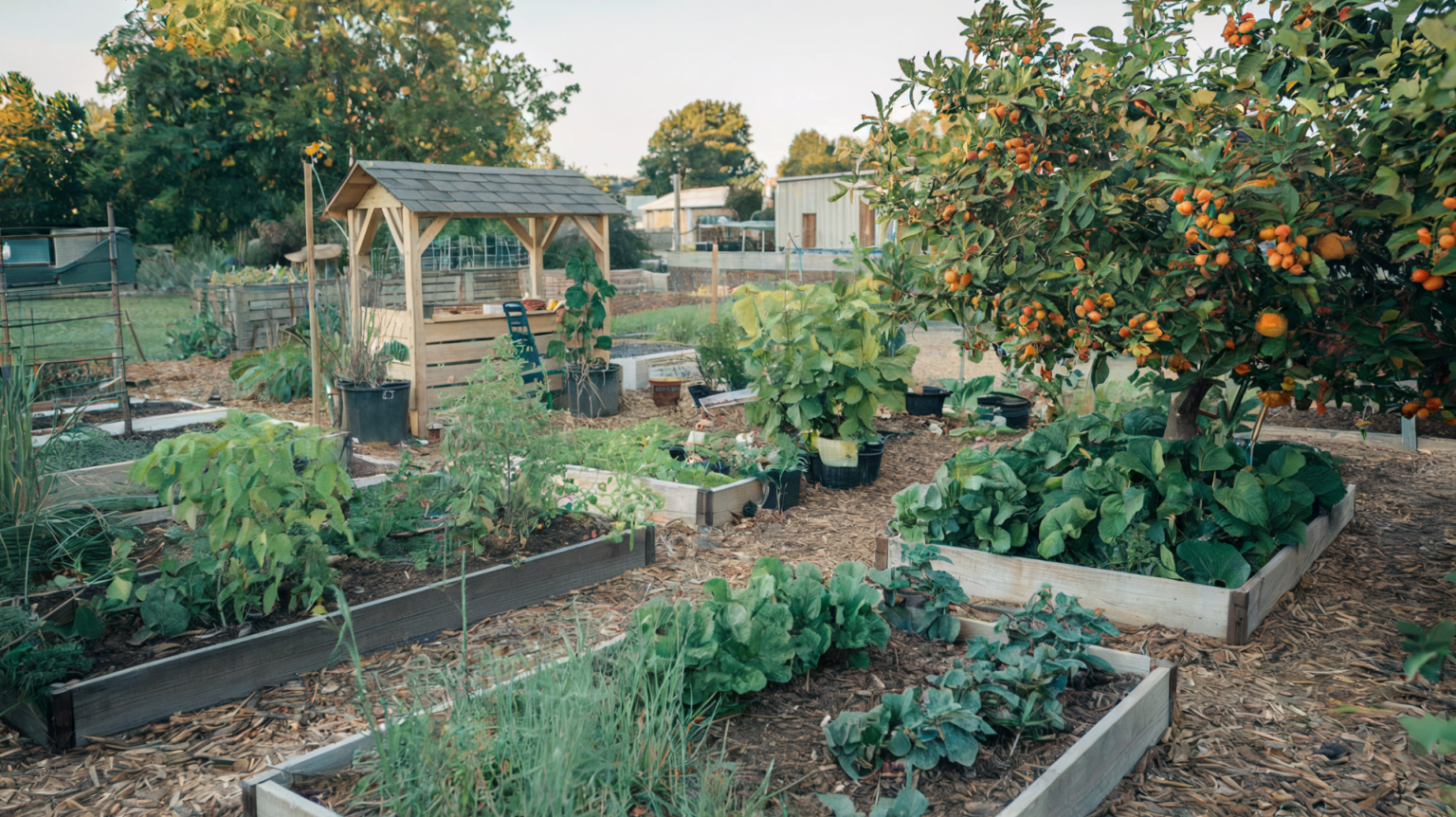Imagine harvesting your own organic produce, using less water, and attracting beneficial wildlife to your garden. Permaculture gardening offers the highest expression of organic homesteading by enabling you to work with nature, not against it.
Permaculture is about creating systems that are not only self-sustaining but are regenerative. It allows homesteaders to move away from conventional, resource-intensive farming practices and adopt methods that restore rather than deplete the land.
It represents an entire lifestyle shift that goes beyond food production; it’s also about fostering a connection to the earth and leading a lifestyle rooted in simplicity, abundance, and self-reliance.
By mimicking the patterns and relationships found in natural ecosystems, permaculture aims to produce more yield while requiring less input. It is a comprehensive, interdependent but complimentary system that presents long-term food production solutions that continue to strengthen over time.
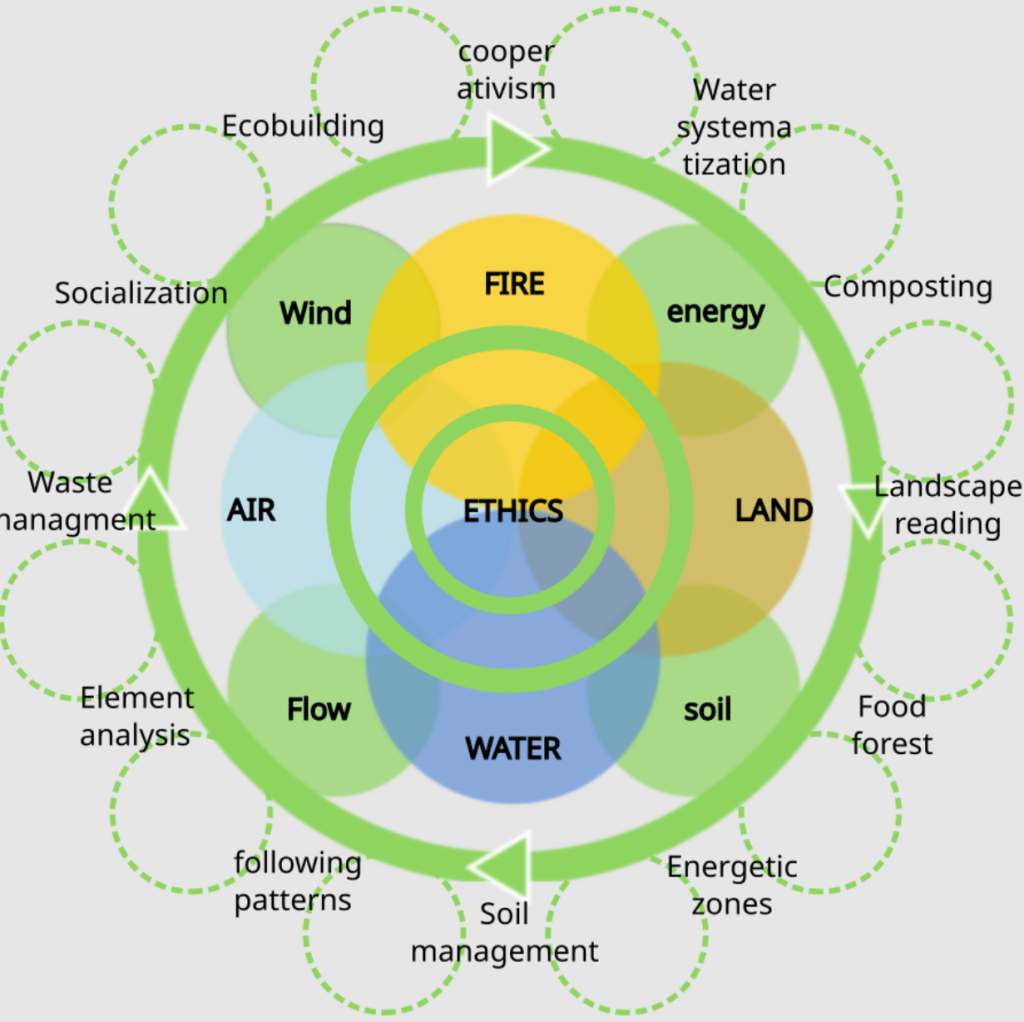
Who Started Permaculture?
Permaculture was co-founded by Australian ecologists Bill Mollison and David Holmgren in the 1970s. Mollison, often referred to as the “father of permaculture,” was inspired by his observations of nature’s self-sustaining ecosystems.
Holmgren, then a student of Mollison, helped refine and expand the concept. Together, they coined the term “permaculture,” blending “permanent” and “agriculture,” to represent systems of sustainable, self-sufficient agriculture and living. Their collaboration resulted in the publication of Permaculture One in 1978, which laid the groundwork for what became the Introduction to Permaculture in 1997.
The two founders explain their vision in the following short video:
How Permaculture Differs from Traditional Gardening
While traditional gardening often focuses on annual crops and monocultures, permaculture incorporates perennial plants, food forests, and integrated livestock systems. It is, therefore, an ideal method for producing a long-term survival garden.
Instead of heavy reliance on chemicals and external resources, permaculture relies on observation, natural cycles, and the use of renewable and biodegradable resources, including DIY compost.
Designing Your Permaculture Homestead
Properly designing your permaculture homestead is essential for creating an efficient system that works in harmony. Thoughtful planning allows you to maximize resources, minimize waste, and ensure long-term productivity for your land and lifestyle.
Zoning Your Homestead for Maximum Efficiency
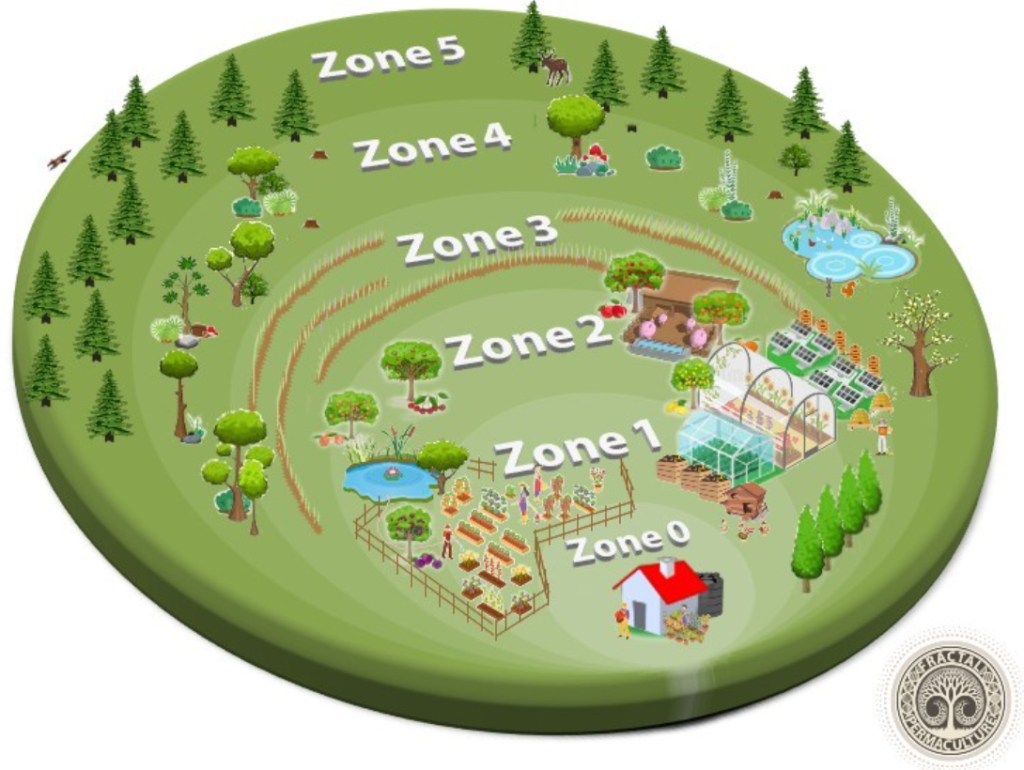
Good permaculture designs are centered around the concept of zones, which help organize space and energy flow efficiently on a homestead. These zones are arranged in concentric circles, with the most frequently accessed and intensive areas placed closest to the home.
For example, Zone 1, typically includes the kitchen garden, herb beds, and outdoor spaces that require daily attention, like chicken coops and compost piles. This proximity ensures that these tasks are easily managed with minimal effort.
As you move outward, Zones 2-5 accommodate activities that require less frequent interaction. Zone 2 might feature perennial plants, small orchards, or tool sheds, while Zone 3 could host larger crops or grazing areas for livestock, especially for those who are raising alpacas, llamas and other larger animals.
Zones 4 and 5, farther from the house, are reserved for forested areas, wildlife, or natural wilderness, requiring very little human intervention.
This zoning system maximizes efficiency and minimizes waste, making it easier to maintain self-sufficient energy for your homestead, a cornerstone of the permaculture ethos.
Assessing Your Land: Soil, Water, and Climate Considerations
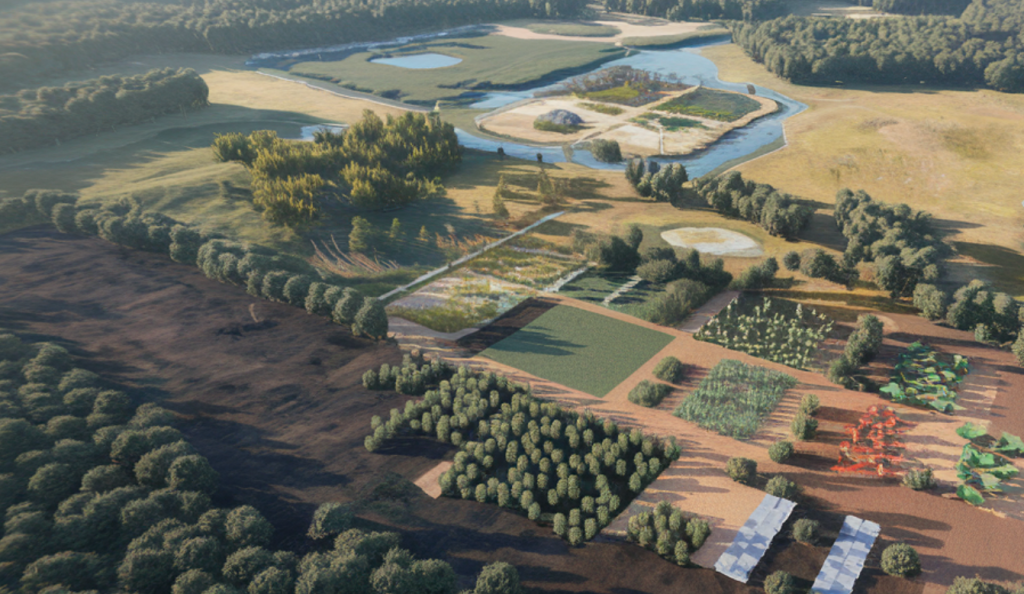
Before you start designing your homestead, it’s important to assess your land. Look at the type of soil you have, your water sources, and the specific climate of your region. This assessment will help you determine what plants and animals will thrive in your environment and how to best manage your resources.
Creating a Self-Sustaining Ecosystem on Your Property
One of the primary goals of permaculture is to create a closed-loop system. This means reusing resources like compost, rainwater, and even animal waste to enrich the soil and feed your plants. By designing a system that supports itself, you reduce external inputs and create a harmonious balance between plants, animals, and people.
Soil Health: The Foundation of Permaculture
By creating rich, organic soil you will build the foundation of a successful permaculture homestead, as it supports plant growth, retains water, and nurtures biodiversity.
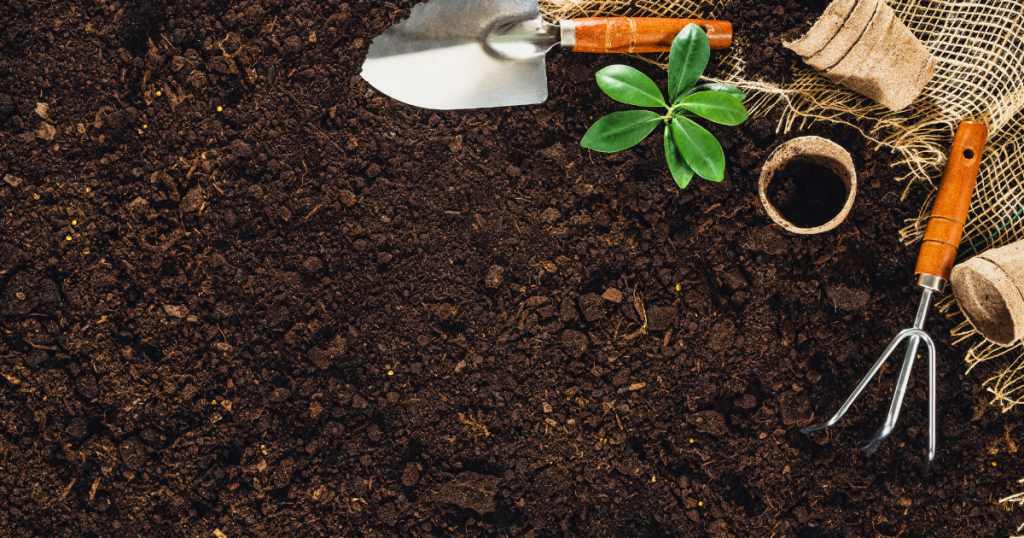
Building Healthy Soil with Natural Techniques
Healthy soil is the cornerstone of any permaculture garden. Use natural techniques like composting, mulching, and green manures to enrich the soil with organic matter. Avoid synthetic fertilizers and pesticides that degrade soil quality over time.
Composting and Mulching: Essential Practices for Rich Soil
Composting kitchen scraps, garden waste, and even animal manure creates nutrient-rich humus that feeds your soil. Mulching helps retain moisture, reduce weeds, and prevent soil erosion—all essential for a healthy garden. Both practices return nutrients to the earth and improve soil structure.
How to Use Cover Crops to Enhance Soil Fertility
Cover crops, such as clover and rye, act as “green manure.” They protect the soil, prevent erosion, and add nutrients like nitrogen. Once tilled into the ground, these crops decompose, improving the soil structure and boosting fertility for future plantings.
Water Management in a Permaculture Garden
You can ensure a steady water supply, while reducing waste and maintaining a resilient ecosystem, by designing efficient collection and irrigation systems. Effective water management is crucial in a permaculture garden to conserve resources and support plant health, especially during dry periods.
Harvesting Rainwater: Simple Solutions for Water Conservation
Water is a precious resource, especially for homesteaders. Simple rainwater harvesting systems, like rain barrels, can collect and store water for your garden. This reduces your reliance on municipal water and helps you use every drop efficiently.
Designing Natural Irrigation Systems for Low-Maintenance Gardening
Instead of installing expensive irrigation systems, permaculture designs often incorporate swales—shallow ditches that capture rainwater and direct it to plant roots. This natural method helps conserve water and reduce the need for manual watering.
Pond and Swale Systems: Managing Water Flow on Your Homestead
Incorporating ponds and swales into your landscape not only helps manage water flow but also supports biodiversity. Ponds attract beneficial insects, birds, and frogs, while swales slow water runoff, allowing it to penetrate deep into the soil.
Companion Planting, Polyculture and Plant Guilds
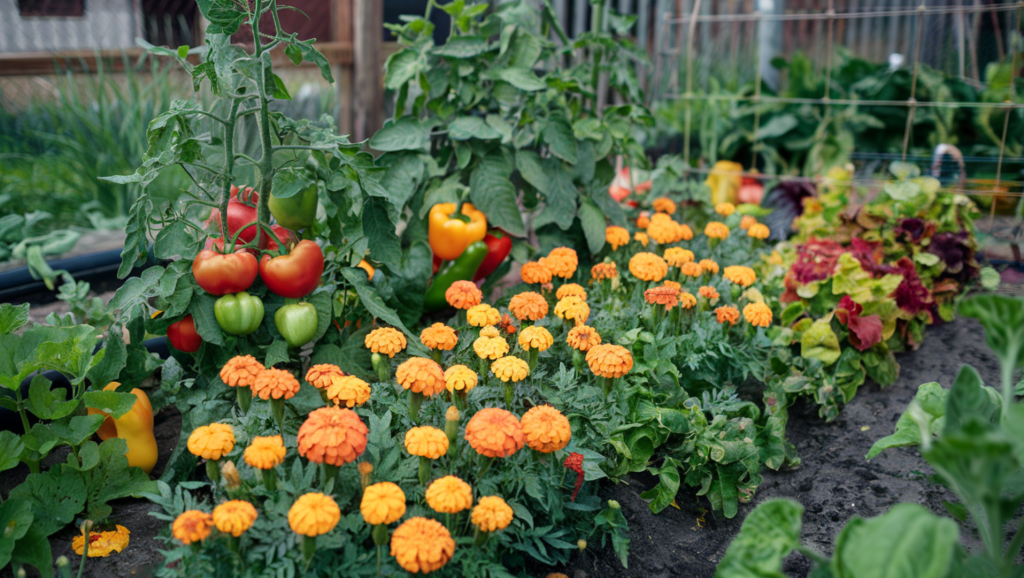
By growing plants that support each other, you create an ecosystem that requires fewer external inputs and produces healthier, more abundant yields. Companion planting , polyculture and plant guild techniques will promote plant diversity, which naturally reduces pests and enhances soil fertility.
- Companion planting is the practice of growing plants together that benefit each other. For just one example, beans fix nitrogen in the soil, which helps nearby crops grow better. This method reduces pests, enhances plant health, and increases overall yield.
- Polyculture involves growing multiple crops in the same space. This mimics natural ecosystems, where a diversity of plants thrive together. A diverse garden is more resilient to pests and diseases, provides a wider range of crops, and requires less maintenance.
- Plant guilds are another permaculture garden secret. By combining trees, shrubs, herbs, and ground covers, you can go an extra step toward creating a self-sustaining ecosystem. The natural synergy of plant guilds not only boosts productivity but creates a thriving, resilient garden environment with minimal external inputs.
Natural Pest Control Strategies
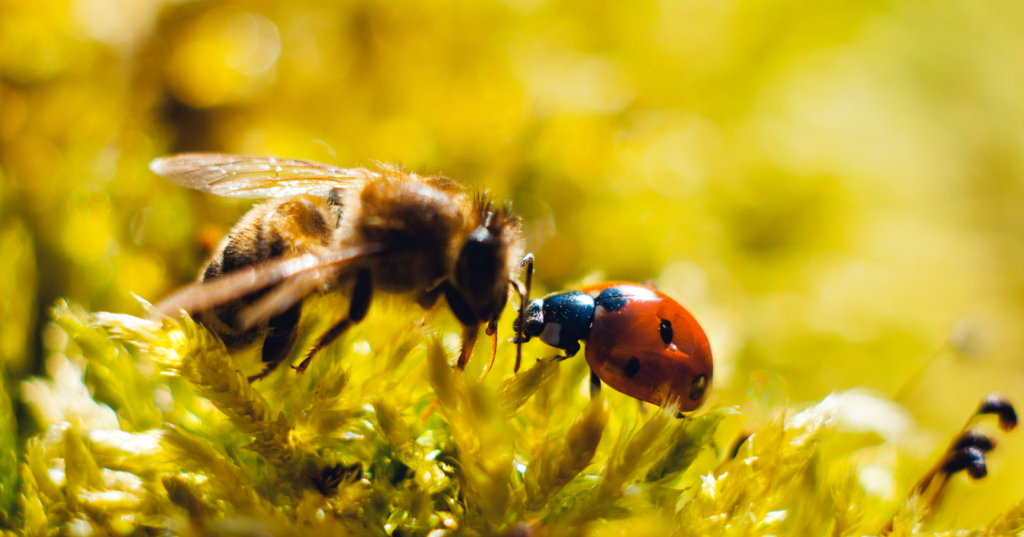
Organic homesteaders should seek to maintain balance in the ecosystem without harmful chemicals. By attracting beneficial insects and using animals for assistance, you can manage pests organically while promoting biodiversity and protecting your crops.
How to Attract Beneficial Insects to Your Garden
Not all bugs are bad. Ladybugs, lacewings, and bees are your allies in the garden. Planting flowers like marigolds, lavender, and sunflowers will attract these beneficial insects, which in turn help control harmful pests naturally.
According to the University of California Agriculture and Natural Resources:
A ladybug can eat up to 5,000 aphids over its lifetime. They can also help to rid your garden of other soft-bodied insects such as mites, mealybugs and leafhoppers, along with insect eggs and even ants.
And we all should know by now the massive importance of bees as pollinators that help maintain our global food security.
Organic Solutions to Common Homestead Pests
Permaculture avoids synthetic pesticides. Instead, use organic pest control methods like neem oil, diatomaceous earth, while continuing to promote natural predators like birds and beneficial insects. These solutions are safer for your plants, the environment, and your family.
Livestock Integration for Organic Homesteading
Integrating livestock on your homestead can reduce labor and increase productivity. Chickens, ducks, goats, and sheep should all be part of a comprehensive approach to a permaculture garden on a homestead.
Chickens and ducks not only provide eggs and meat, but they also help control pests and fertilize it with their manure. Chickens can also scratch up garden beds after the growing season, and goats can clear brush. Each has a specific role to play in the permaculture ecosystem.
Adding in rotational grazing will mimic the natural movements of animals. By moving livestock between grazing areas, you give pasture time to regenerate, preventing overgrazing. This not only improves soil health but also leads to healthier animals and higher quality meat and dairy.
The Role of Trees on a Permaculture Homestead
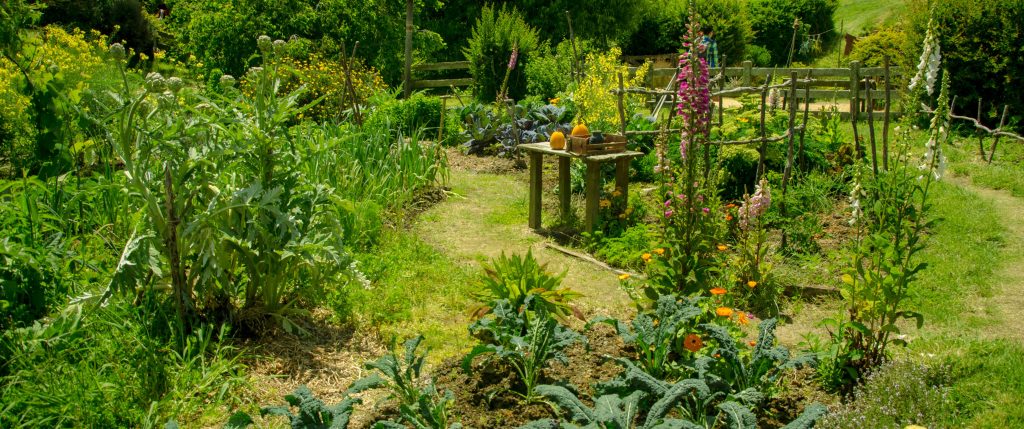
Deep-rooted trees are a great way to help improve soil structure and water retention. Trees also provide shade, shelter, and an additional source of food.
Why Food Forests are Essential for Long-Term Self-Sufficiency
A food forest is a diverse, multi-layered garden that mimics the structure of a natural forest. It includes fruit and nut trees, shrubs, ground covers, and vines. Once established, food forests require little maintenance and provide an abundance of food year after year.
Selecting the Best Tree Varieties for Your Climate
Consider factors such as your region’s temperature, rainfall, and frost dates when selecting trees. Apples, peaches, and pecans are just a few options that can thrive in the right conditions.
Naturally, locations like California can produce incredible results on a surprisingly small amount of land, as you’ll see below.
How to Plant and Care for Trees in a Permaculture System
Planting trees in a permaculture system is about more than digging a hole. Consider planting in guilds, as discussed earlier, where companion plants help nourish the tree. Mulch around the base to retain moisture and suppress weeds. Over time, your trees will become an integral part of your homestead.
Seasonal Care for Your Permaculture Garden
Regular seasonal care and adaptations based on past performance will allow your homestead to thrive year after year. Maintenance and improvements are especially essential in a fully interdependent system, much more so than single-crop or individual livestock management.
Seasonal Tasks to Keep Your Garden Thriving
Each season brings its own tasks in a permaculture garden. In spring, plant new crops and refresh mulch. In summer, monitor water levels and harvest. Autumn is the time for composting and preparing for winter. By staying attuned to the seasons, you can keep your garden thriving year-round.
Adapting your garden to changing conditions may mean shifting your planting dates, selecting drought-resistant varieties, or investing in water-saving techniques. Flexibility is key to long-term success.
Harvesting and Storing Food for Year-Round Abundance
A permaculture garden can provide an abundance of food, but proper storage is essential to enjoy it year-round. Learn how to can, dry, and store produce to make the most of your harvest. Root cellaring, dehydrators, and simple preservation methods ensure you have fresh food throughout the year.

12-tray digital food dehydrator preserves your permaculture food harvest for the long term. Perfect for fruits, vegetables, meat, herbs, and more.
The Future of Homesteading with Permaculture
The future of homesteading is deeply rooted in permaculture. As more people seek sustainable, resilient ways to live, permaculture offers the tools and techniques needed to thrive. It’s a way to create abundance and nurture the land, maximizing the potential of any homestead.
And permaculture gardening transforms more than just your homestead—it transforms your life! It connects you to the natural world, teaches self-reliance, and fosters a sense of stewardship over the land. With its guiding principles of interconnectivity, permaculture offers a path toward a more harmonious and fulfilling way of life.
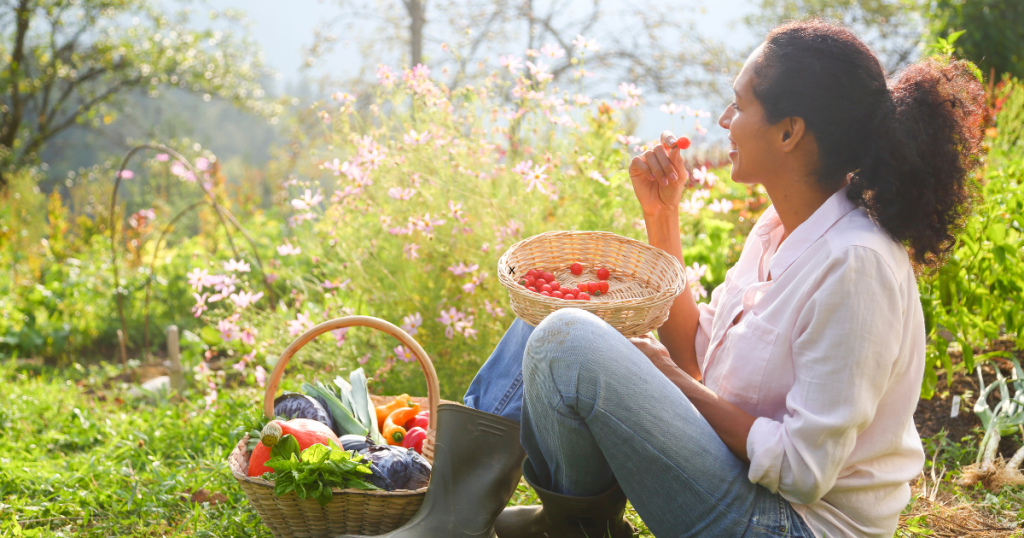
See Our Latest Posts
- Simple Recipes for DIY Herbal Salves and Balms
- Delicious One-Pot Homestead Meals from Pantry Staples
- 5 Best Meat Dehydrators for DIY Jerky on Amazon (2025)
- Urban Homestead Hacks from Backyard to Balcony
- Creative Strategies for Frugal Homesteading
Write A Guest Post For Us!
Are you passionate about gardening, raising livestock or preserving food? We’re excited to announce that we’re now accepting guest posts for all aspects of homesteading!
